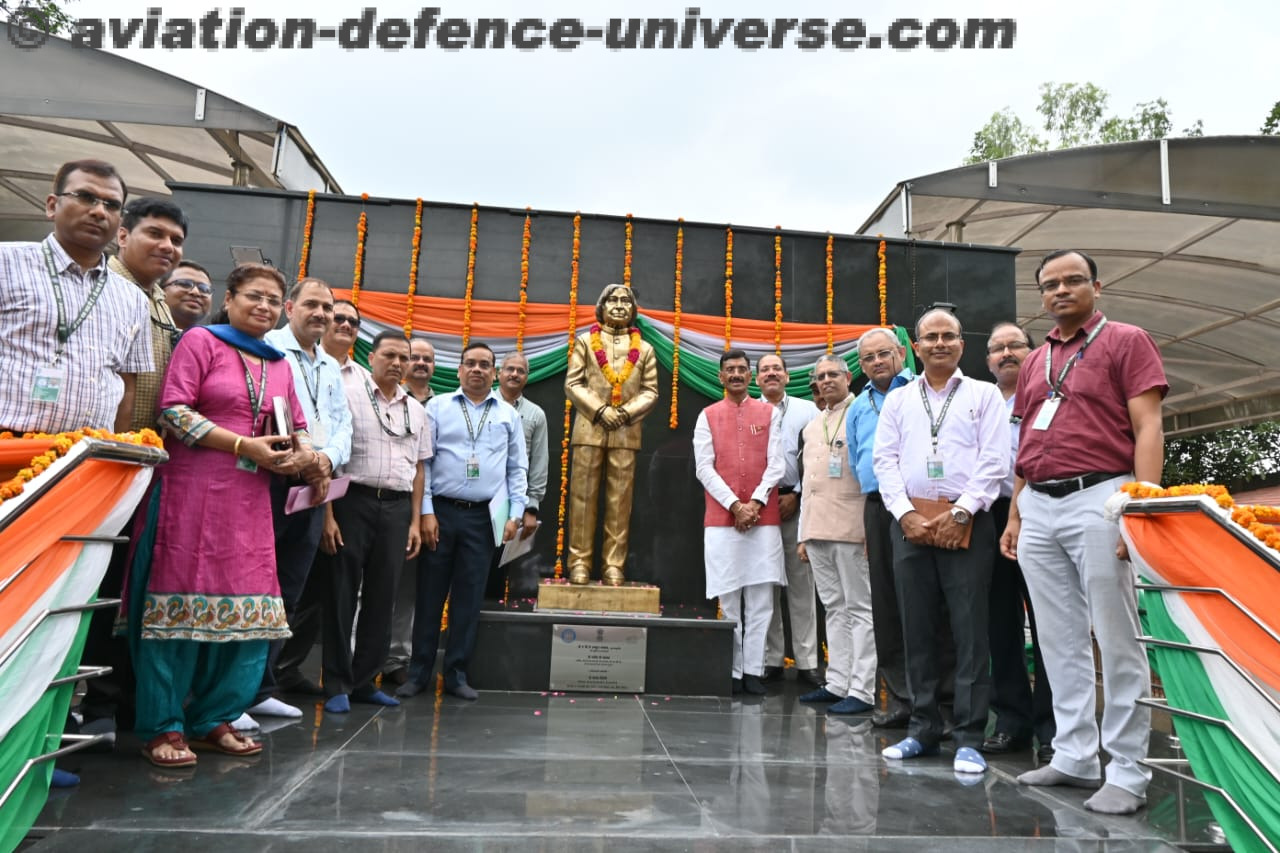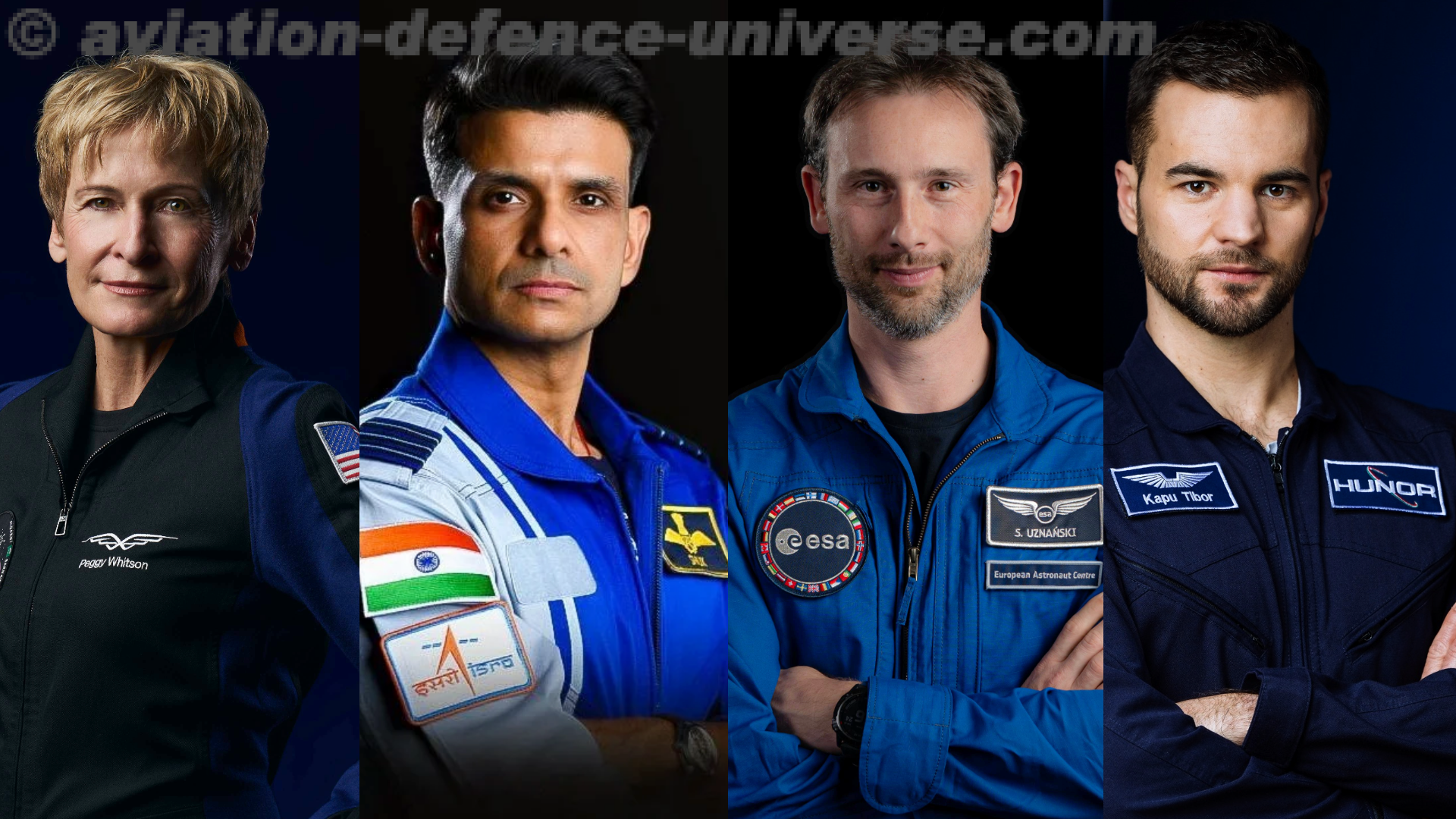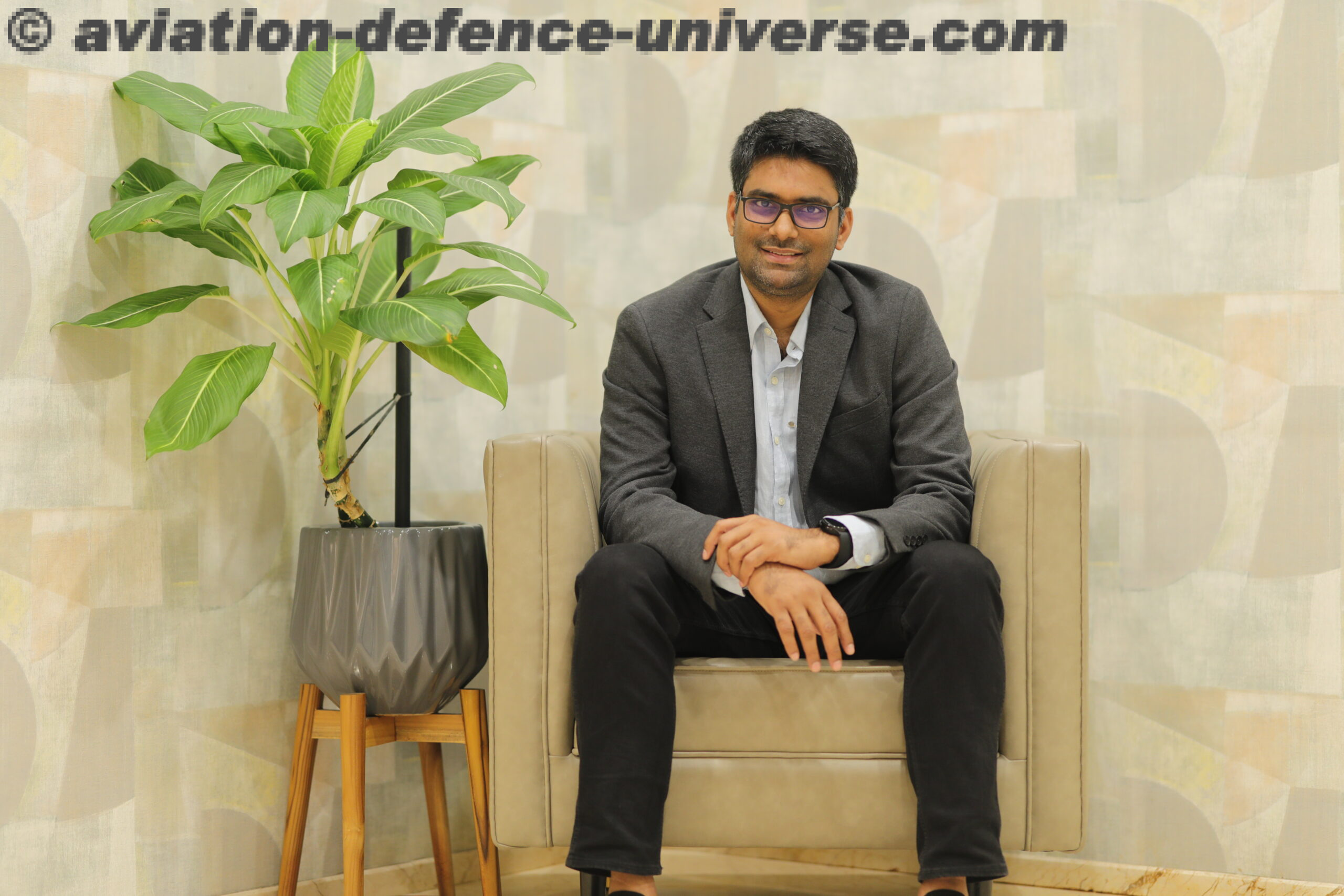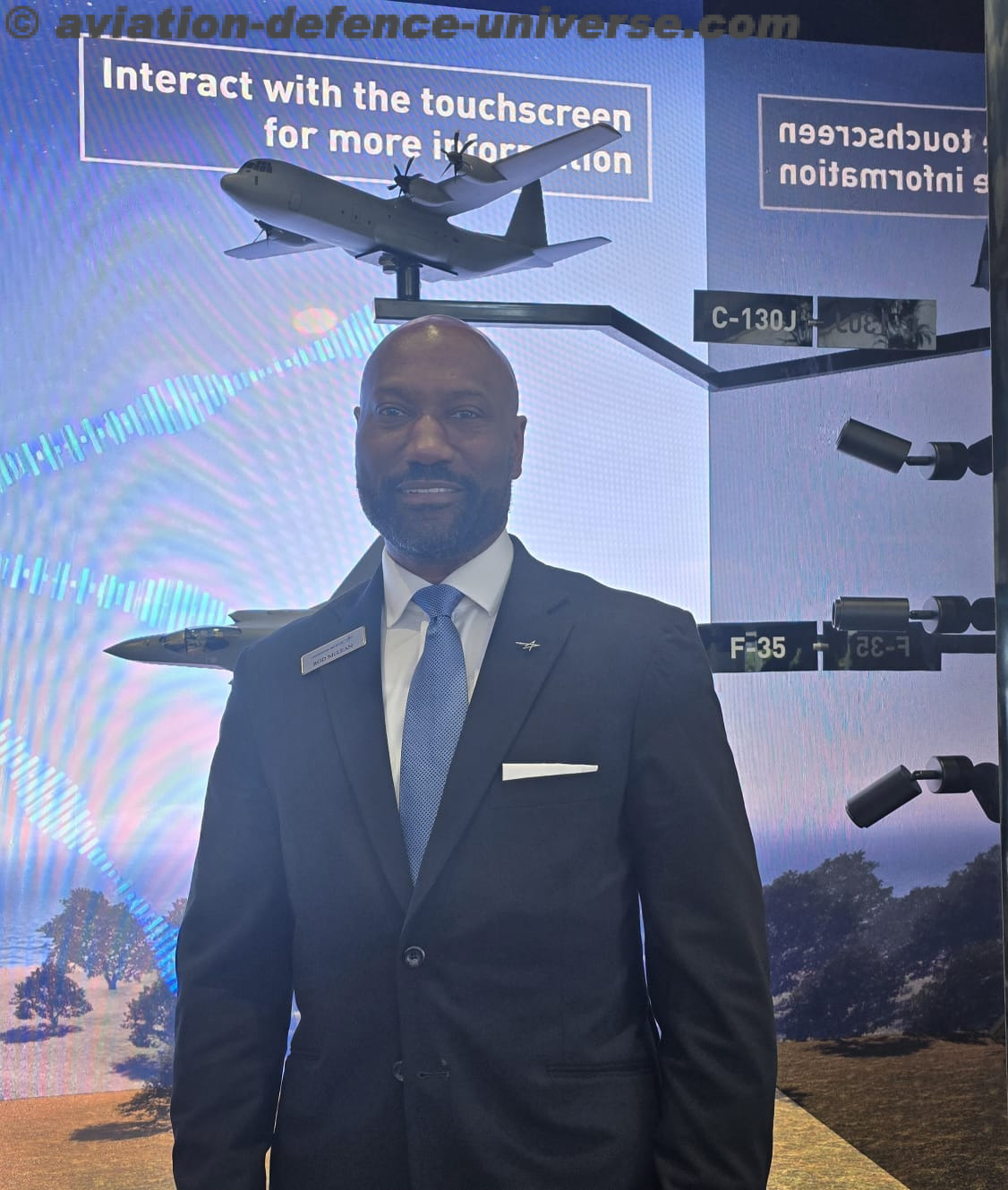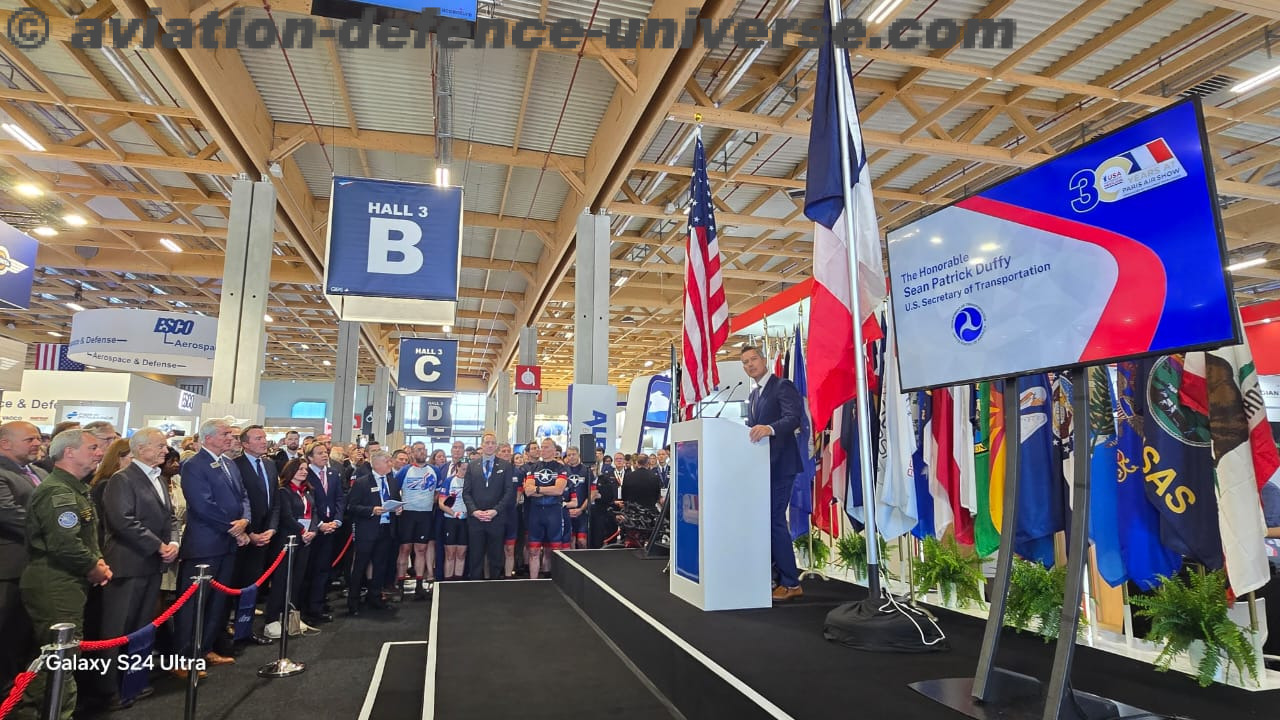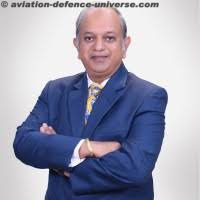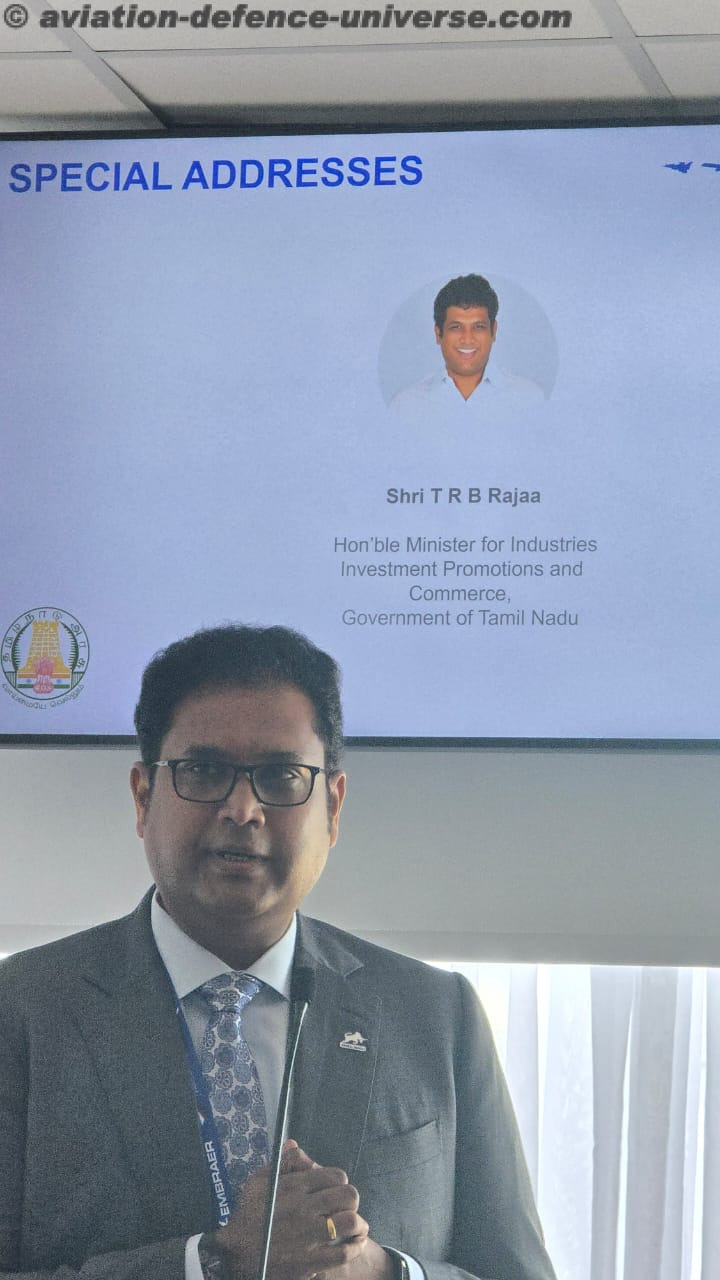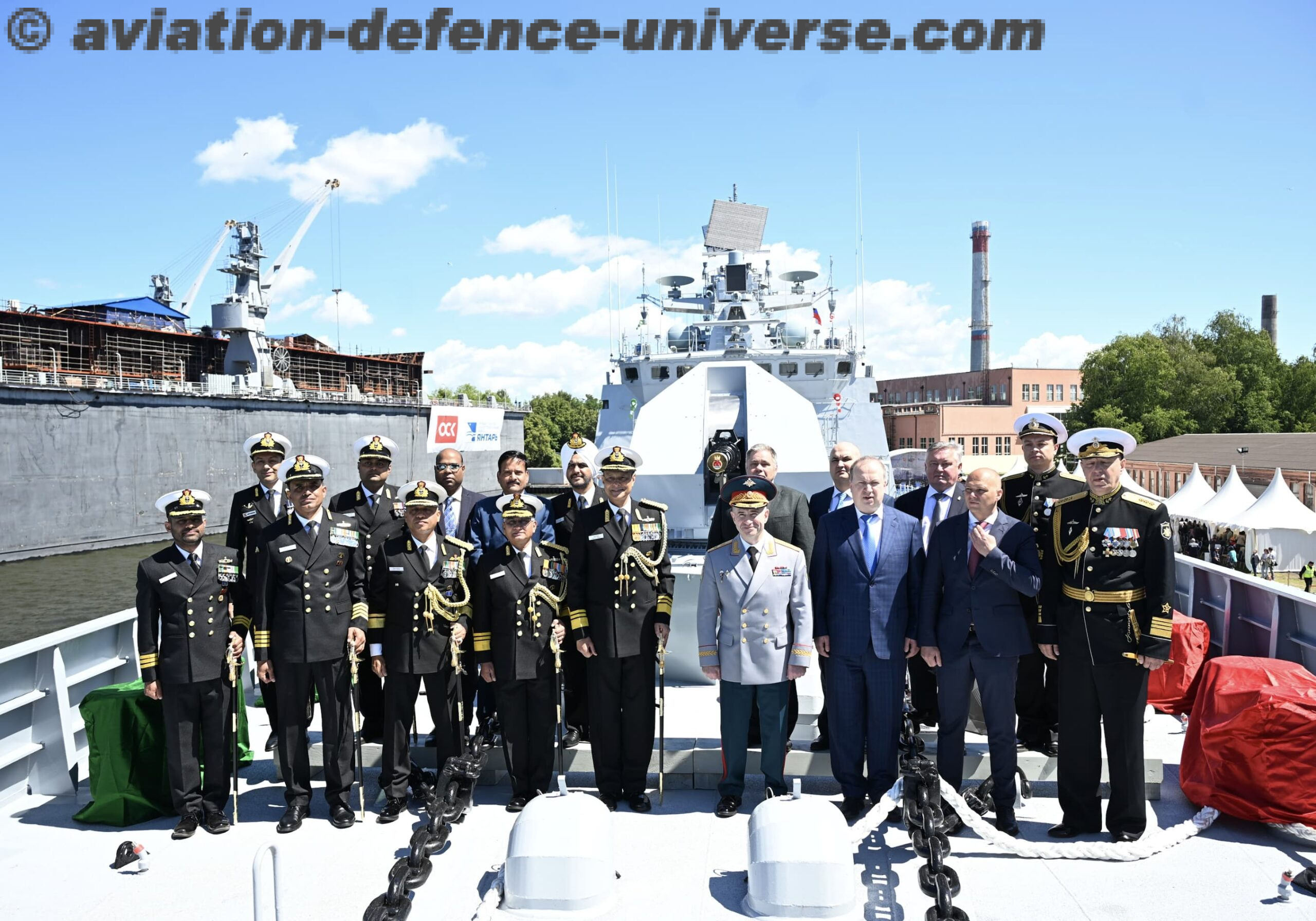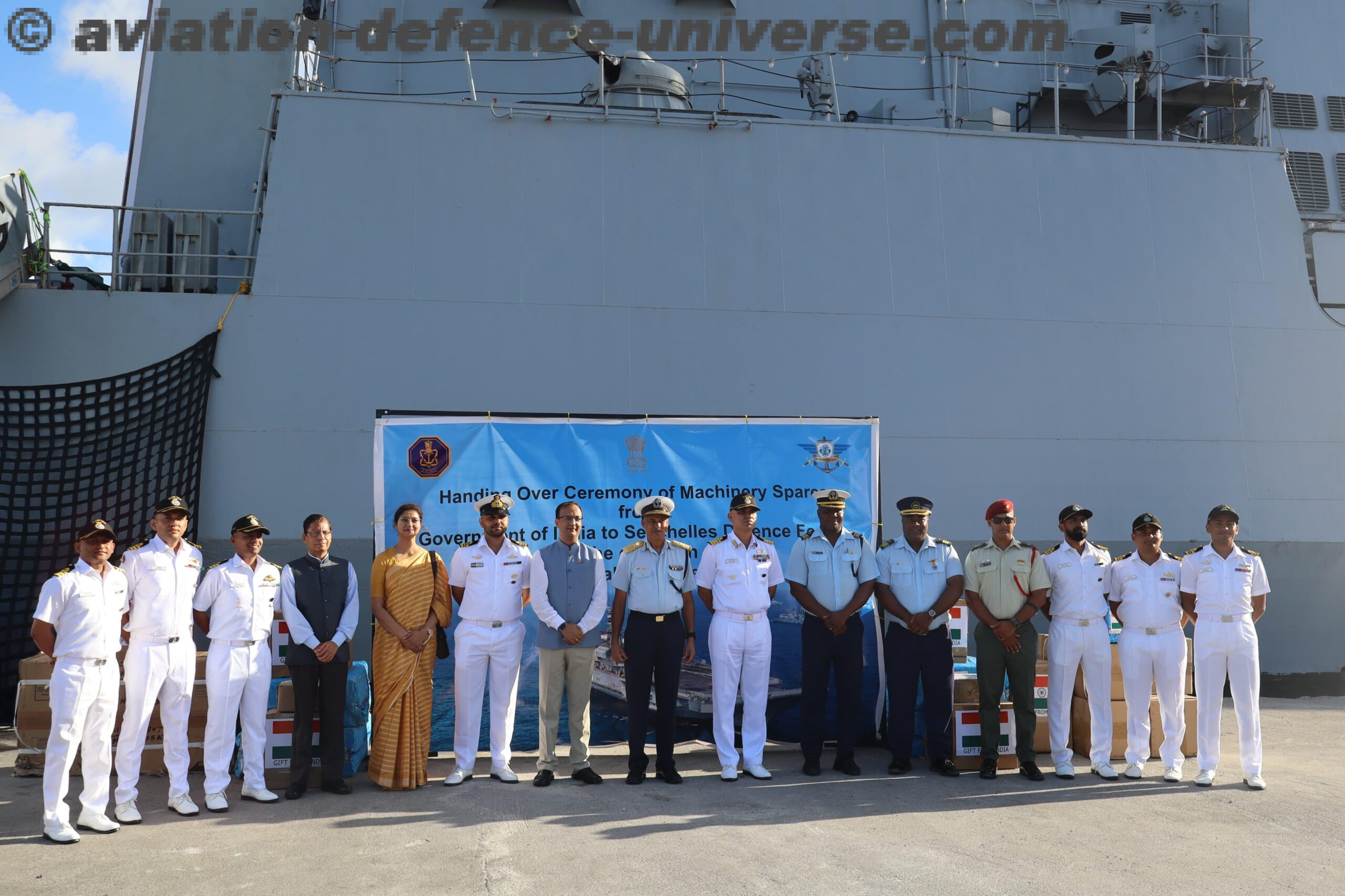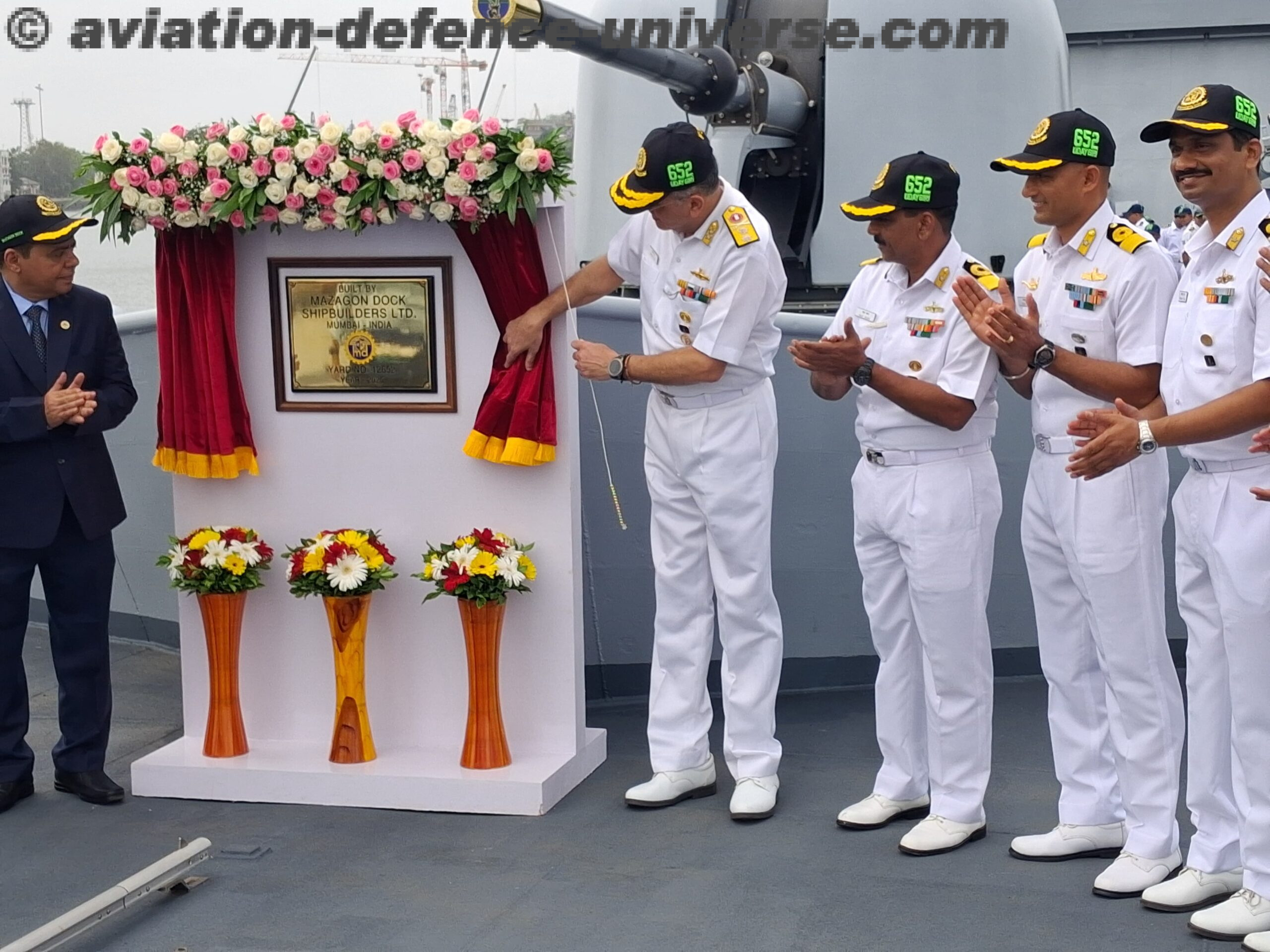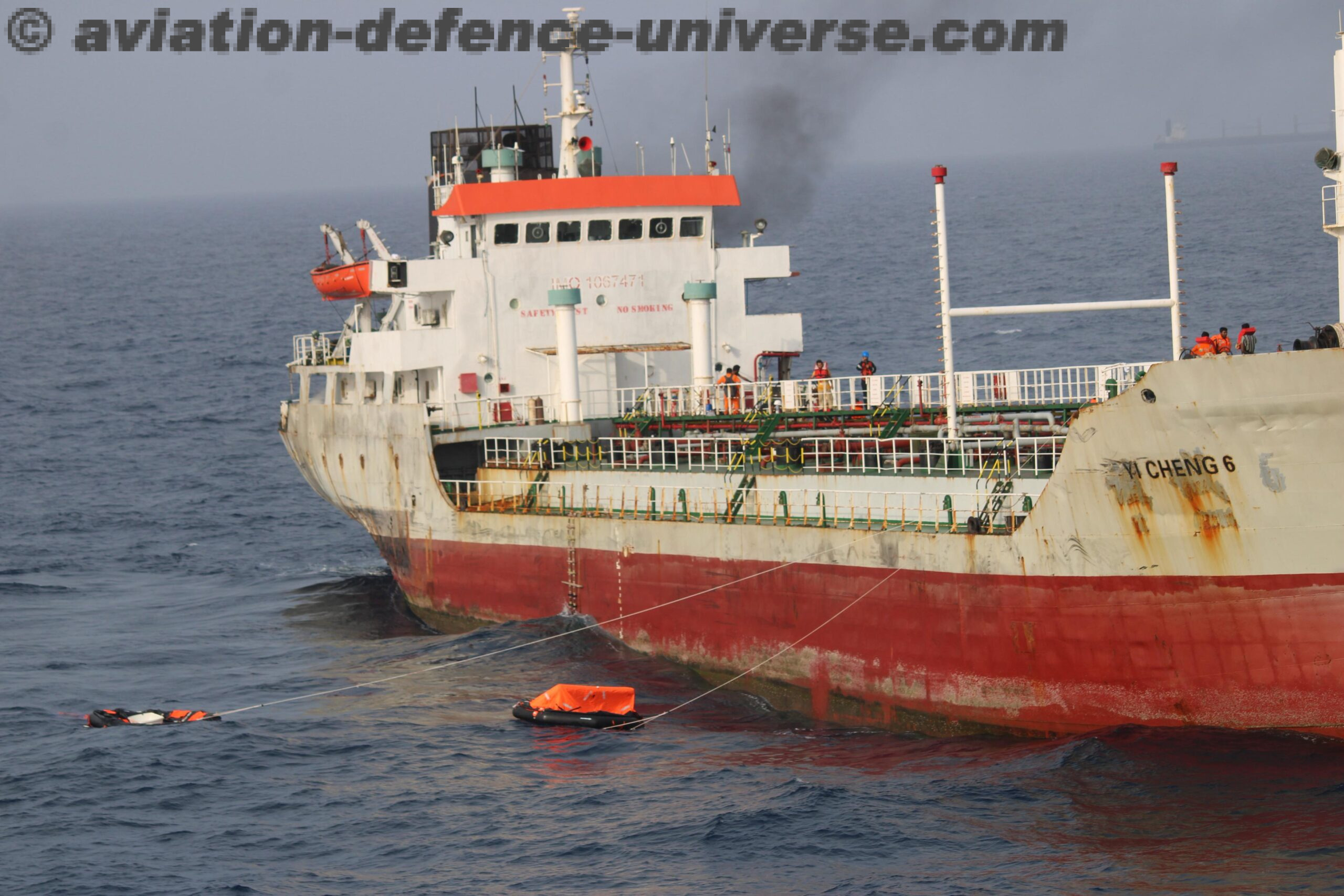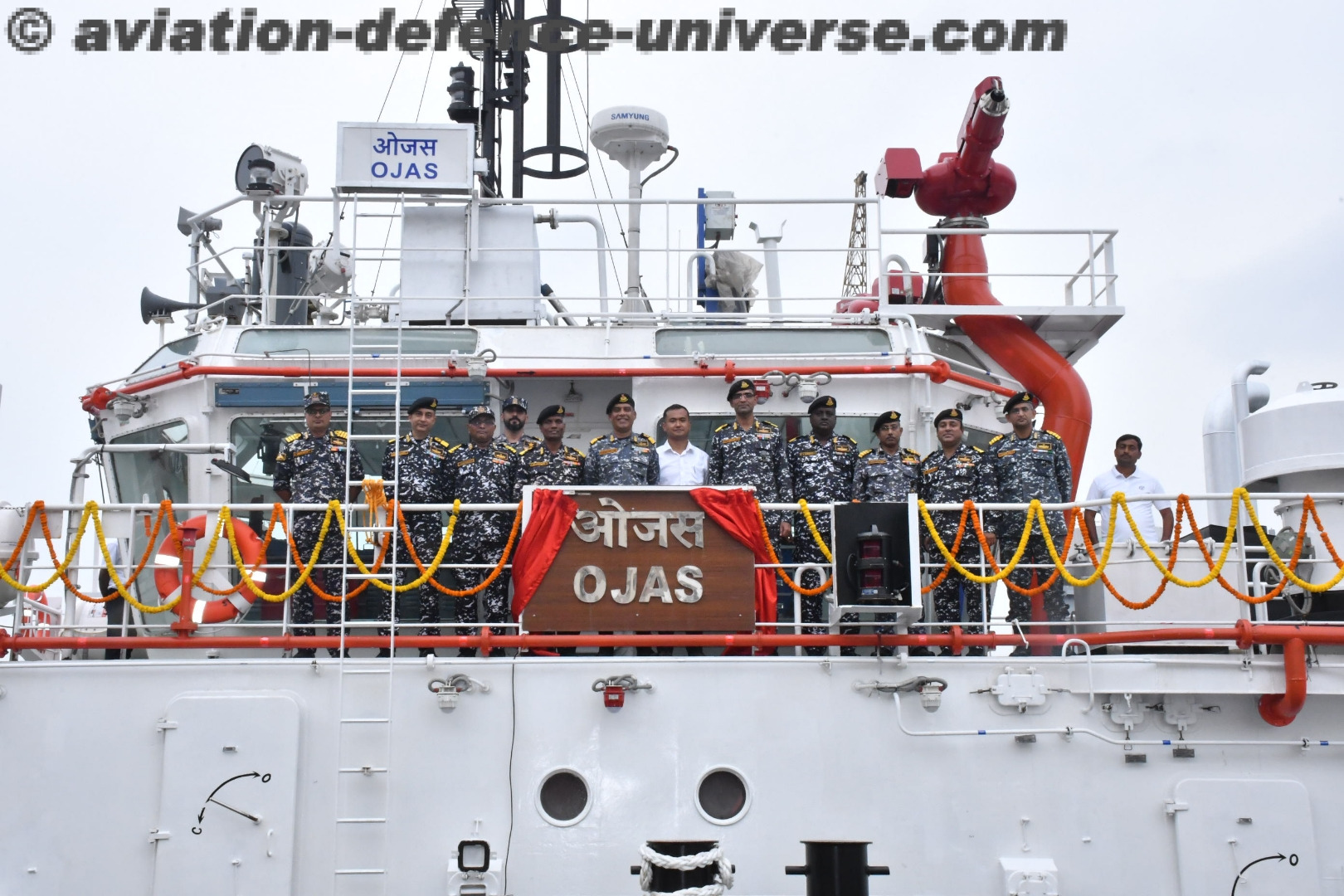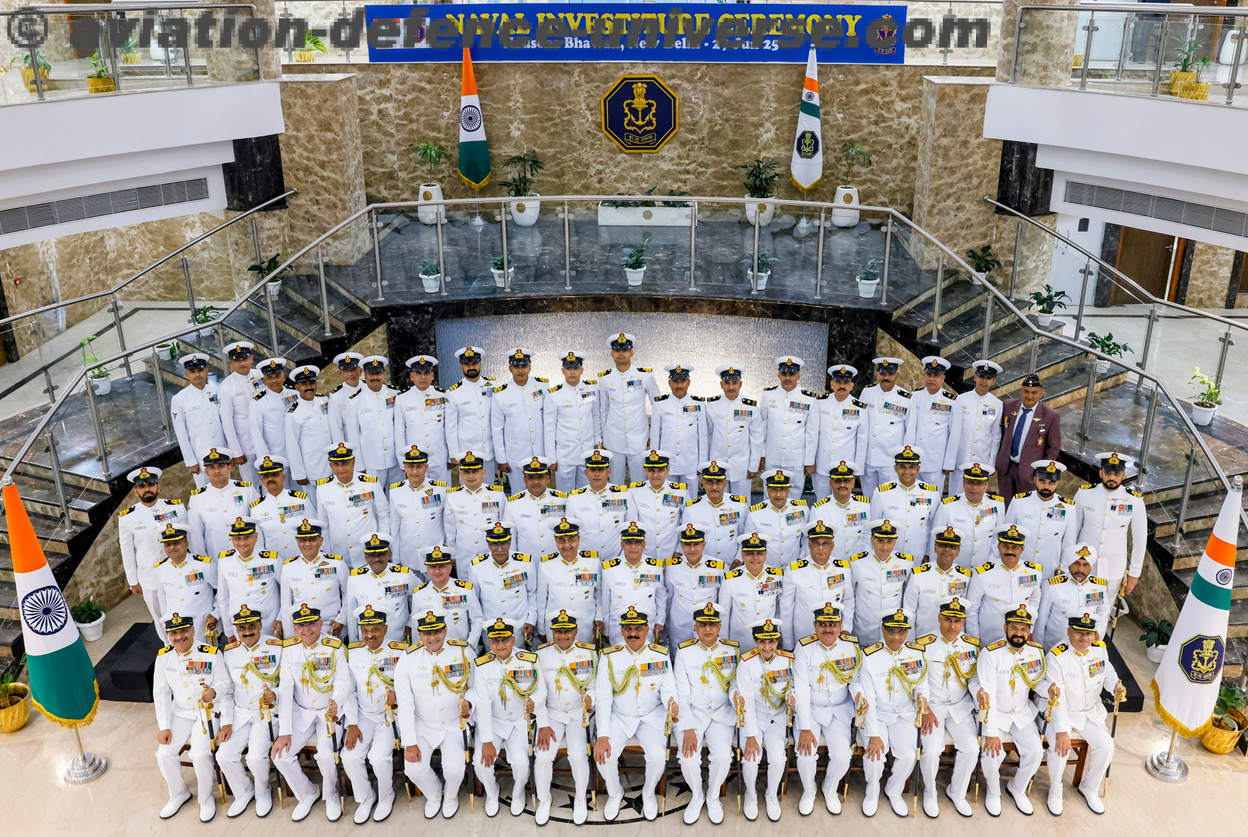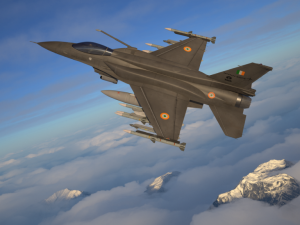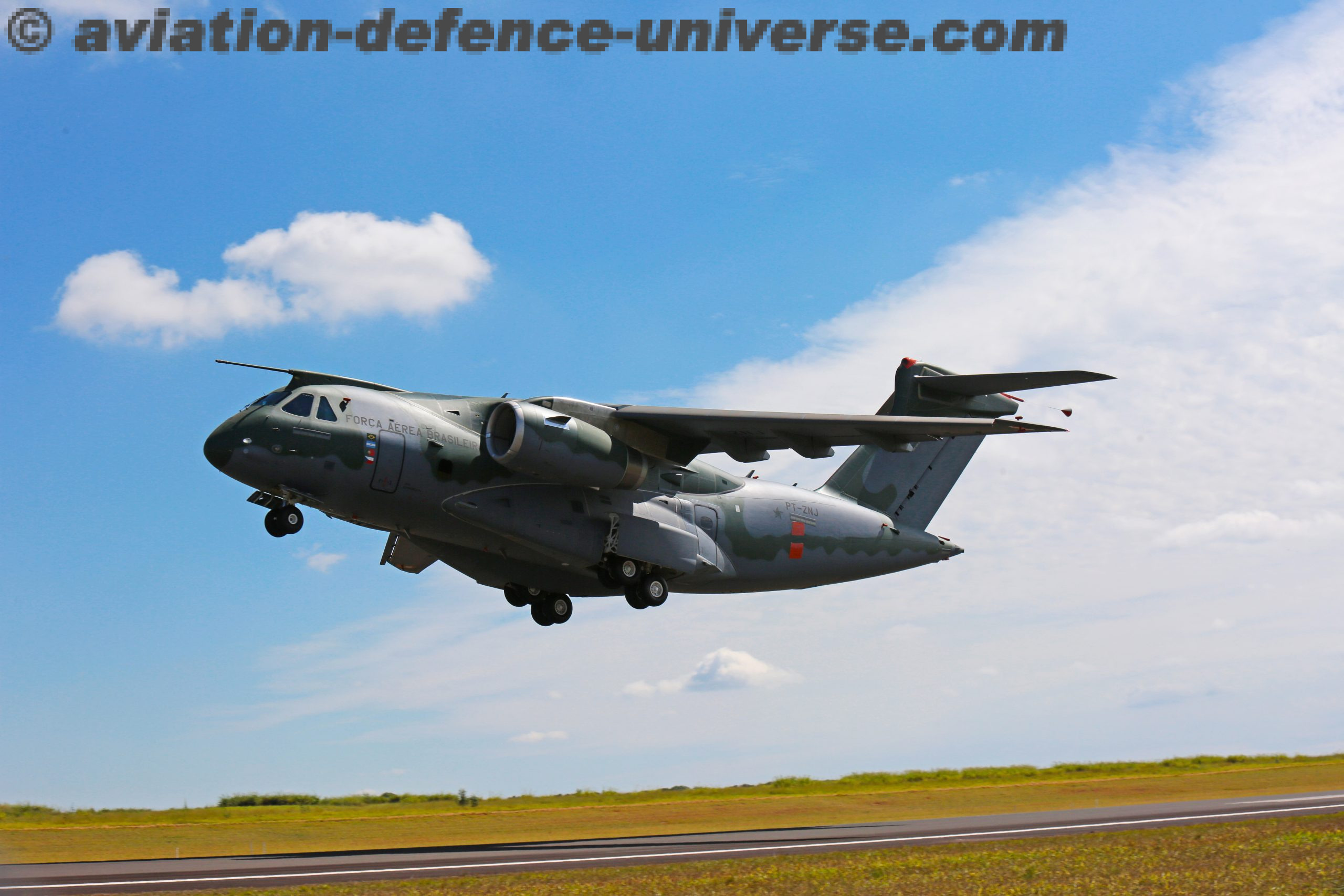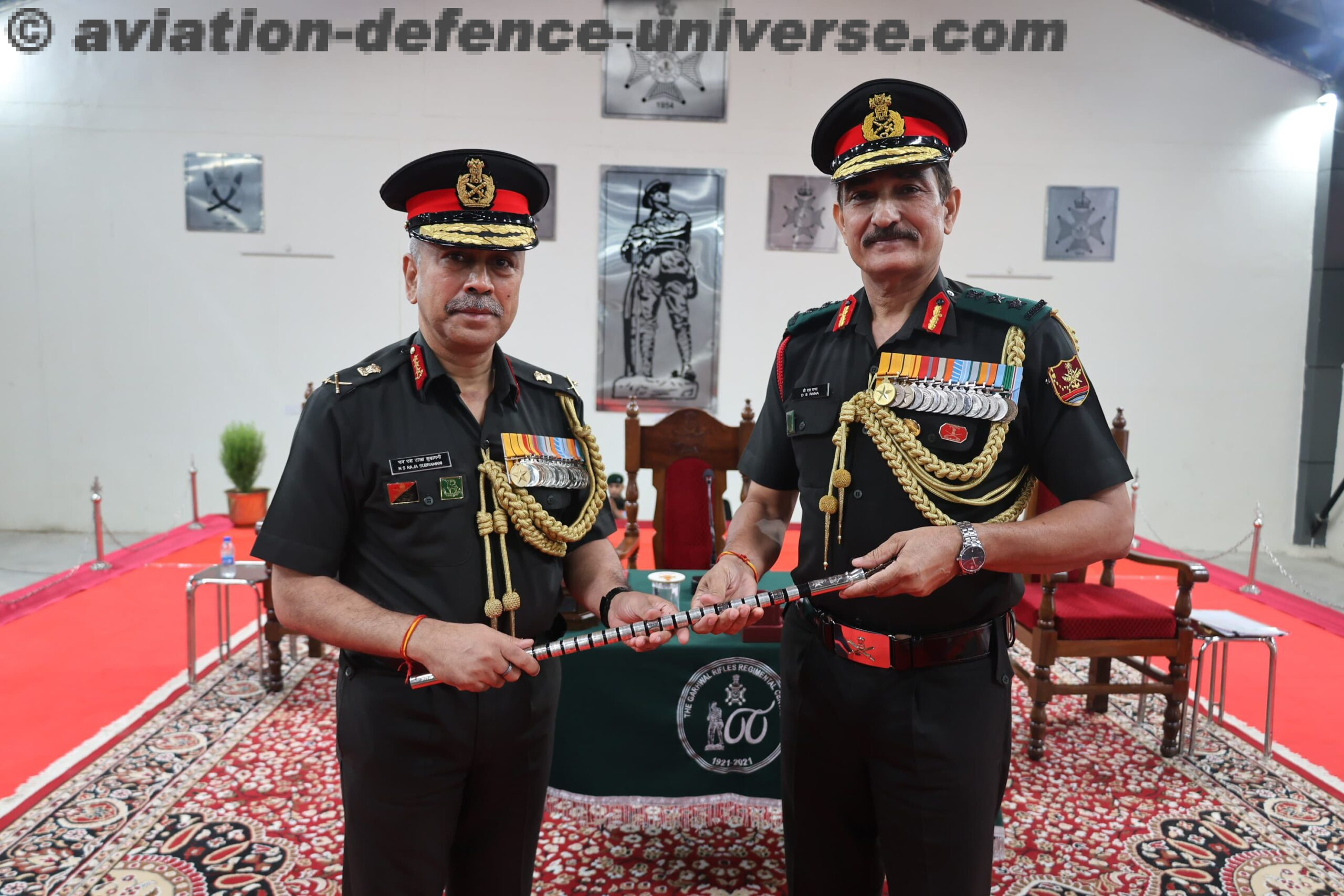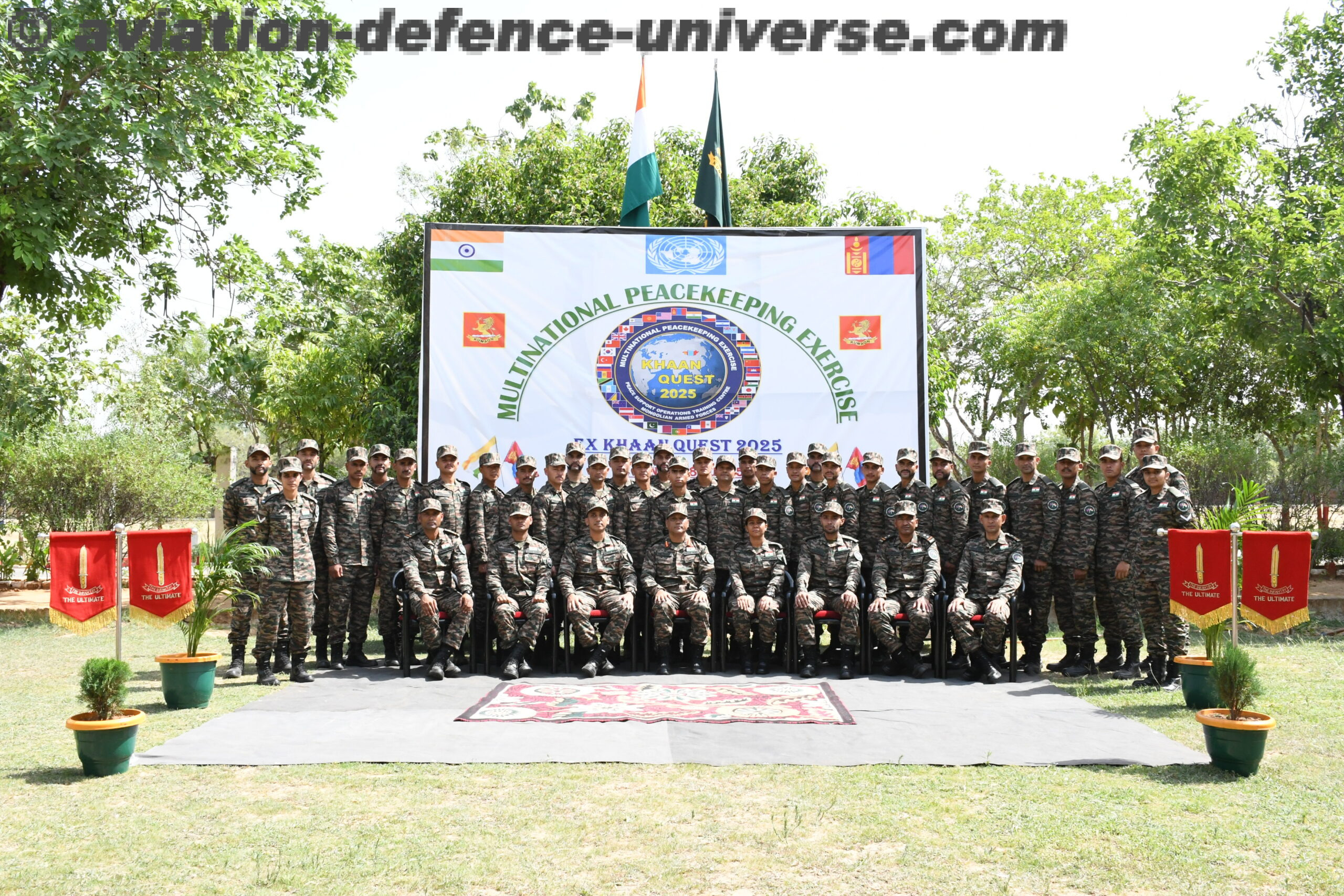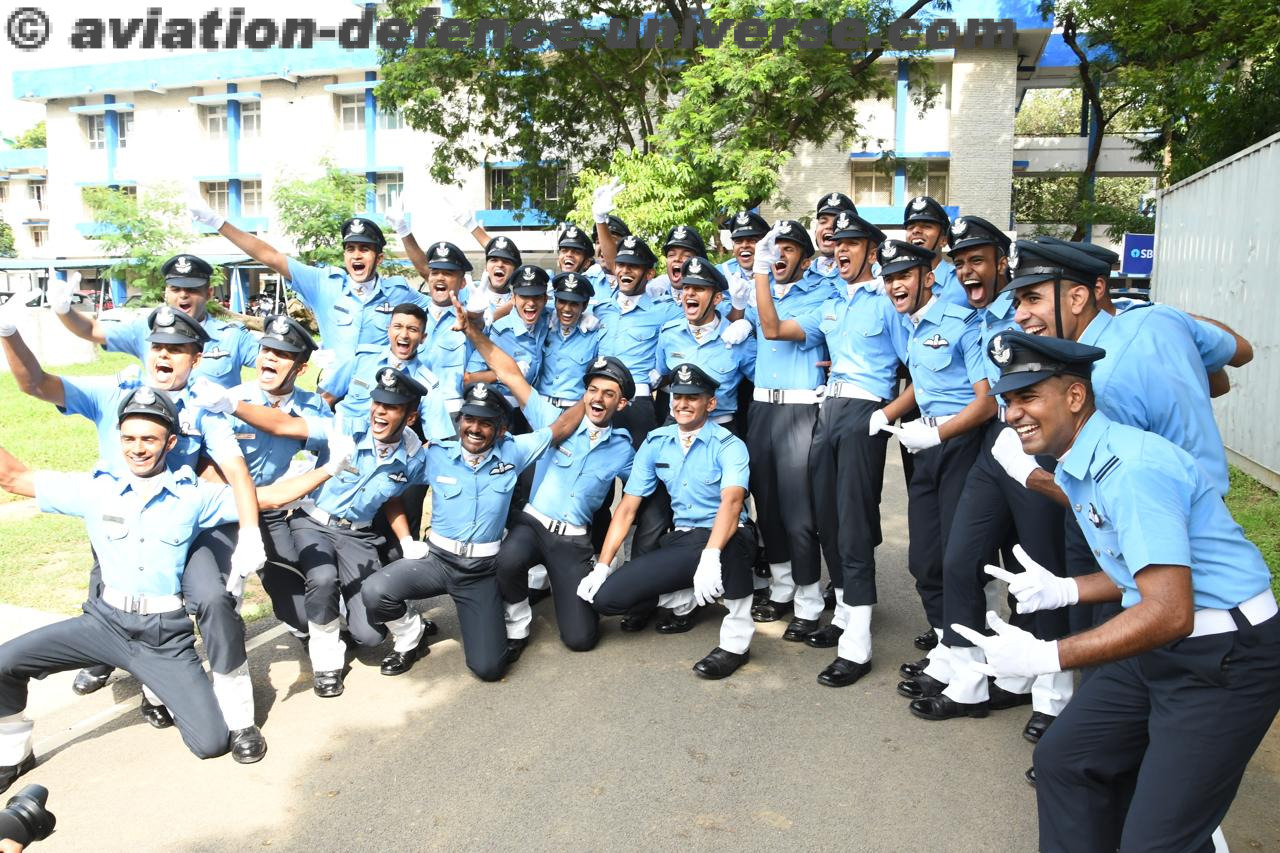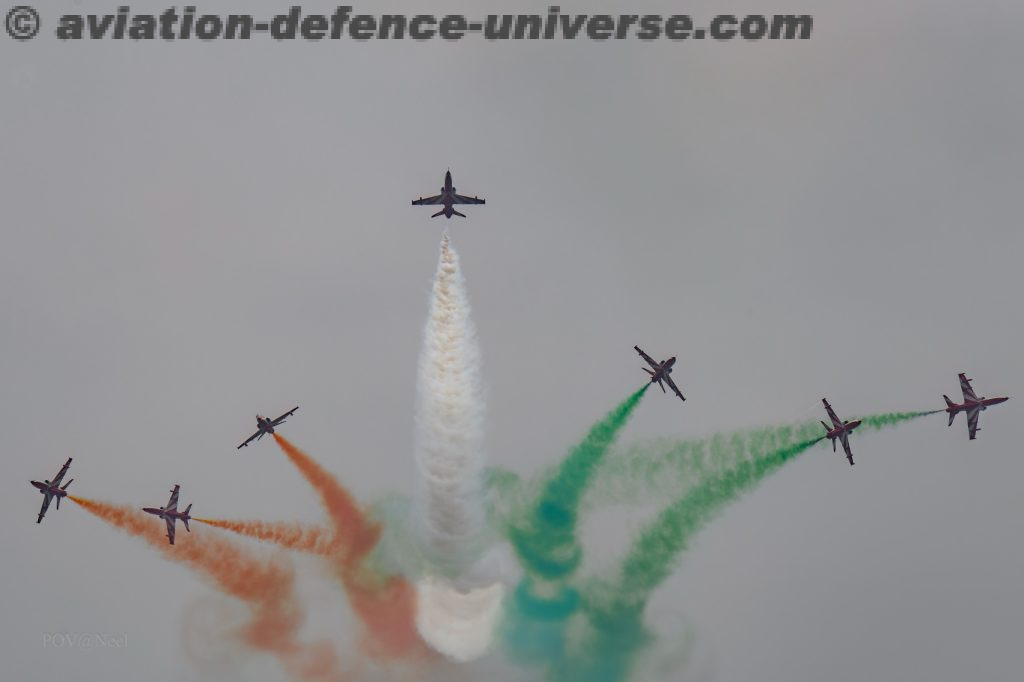 Chennai. 06 October 2024. As the Indian Air Force approaches its 92nd Anniversary on 06 October 2024, a breathtaking air show captivated an audience which turned up in large numbers and is likely to cross an estimate figure of 15 lakhs at one of the world’s longest beaches, Marina Beach, Chennai. The Chief Guest for the event was MK Stalin, Chief Minister of Tamil Nadu. Air Chief Marshal AP Singh, Chief of the Air Staff, along with senior officers from the Defence Forces and dignitaries from both state and central governments, graced this iconic occasion.
Chennai. 06 October 2024. As the Indian Air Force approaches its 92nd Anniversary on 06 October 2024, a breathtaking air show captivated an audience which turned up in large numbers and is likely to cross an estimate figure of 15 lakhs at one of the world’s longest beaches, Marina Beach, Chennai. The Chief Guest for the event was MK Stalin, Chief Minister of Tamil Nadu. Air Chief Marshal AP Singh, Chief of the Air Staff, along with senior officers from the Defence Forces and dignitaries from both state and central governments, graced this iconic occasion.
The theme for this year, Sashakt, Saksham, Atmanirbhar (Potent, Powerful, Self-reliant), was vividly reflected in the IAF’s display of strength and skill. Demonstrating unmatched flying prowess, IAF aviators filled the Chennai skies with spectacular aerial maneuvers. The air show showcased the indomitable strength and spirit of the Indian Air Force, resonating with its motto, “Touch the Sky with Glory.”
The event highlighted the IAF’s transformative journey towards becoming a modern and formidable force. It featured an array of aircraft, from cutting-edge fighter jets to transport planes and helicopters. The highlights included the flypast of indigenous projects: Tejas, Advanced Light Helicopter (ALH), Light Combat Helicopter Prachand, and Hindustan Turbo Trainer-40 (HTT-40), symbolizing the nation’s path towards Atmanirbharta (self-reliance). The audience was awestruck by the low-level aerobatics of the Sukhoi-30 MKI, exemplifying the highest level of professionalism of IAF pilots.
The Indian Air Force was officially established on October 8, 1932, as an auxiliary force of the Royal Air Force under British rule. Initially formed with just six officers and 19 airmen, the force operated four Westland Wapiti aircraft, making up the entire fleet of its early days. However, the IAF quickly demonstrated its importance during World War II, participating in several critical operations in the Middle East and Southeast Asia.
Post-independence, the IAF grew rapidly in both size and capability. It was in 1948, during the first Indo-Pak war over Kashmir, that the IAF played a pivotal role in supporting ground operations and showcasing its strategic value. As the geopolitical landscape evolved, so did the IAF, transitioning from a tactical force into a key strategic component of India’s defense apparatus.
In the decades that followed, the IAF was instrumental in numerous critical engagements, from the 1965 and 1971 wars with Pakistan, where air superiority contributed significantly to India’s success, to peacekeeping missions and disaster relief efforts. Over time, the force modernized with the introduction of advanced aircraft like the MiGs, Mirage 2000, Jaguar, Su-30MK and the latest additional Rafales, along with the indigenous HAL made LCA Tejas.
The Indian Air Force (IAF) has traditionally relied heavily on helicopters, which are vital to a variety of missions requiring adaptability, agility, and fast reaction. IAF helicopters have demonstrated their value in both war and peacetime situations, from combat and search and rescue operations to humanitarian assistance and disaster relief. The IAF’s helicopter fleet has grown and evolved over the years, integrating state-of-the-art technology to satisfy the escalating needs of both international and national security missions.
The Indian Air Force (IAF) operates a versatile fleet of helicopters, each designed for specific roles in combat, transport, and utility missions. The Boeing Apache AH-64E is the most advanced attack helicopter in the world, providing the IAF with cutting-edge combat capabilities, including precision strikes, close air support, and anti-armor operations. The CH-47 Chinook, a heavy-lift transport helicopter, is crucial for airlifting troops, artillery, and supplies to high-altitude regions, especially along India’s northern borders. The Mil Mi-17 V5 serves as a medium-lift transport helicopter, often used for troop transport, search-and-rescue, and medical evacuation, while the Mil Mi-24/Mi-25/Mi-35 helicopters function as attack helicopters with troop transport capabilities, providing vital close air support. The Mil Mi-26, the largest helicopter in the IAF’s inventory, is primarily used for heavy-lift operations. Indigenous helicopters like the HAL Chetak and HAL Cheetah have been workhorses for high-altitude operations and utility tasks, while the HAL Dhruv ALH is a versatile multi-role helicopter used for transport, rescue, and combat roles. The IAF’s future fleet includes the HAL Light Utility Helicopter (LUH), which will replace older Cheetah and Chetak models and is designed for high-altitude and utility operations, further enhancing the IAF’s rotary-wing capabilities.
The Indian Air Force (IAF) lifeline is a diverse fleet of transport aircraft, playing a critical role in strategic airlift, troop deployment, and humanitarian missions. The C-17 Globemaster III is the backbone of the IAF’s heavy-lift capabilities, able to transport large payloads, including tanks, helicopters, and troops, to distant and remote locations, including high-altitude airfields. The Lockheed Martin C-130J Super Hercules excels in tactical airlift, special operations, and disaster relief missions, especially in austere environments. The versatile Antonov AN-32 serves as a medium transport aircraft, commonly used for logistics, troop transport, and supply drops in remote and high-altitude regions. The IL-76 Gajraj provides heavy airlift support, capable of carrying out strategic transport missions, including cargo and paratrooper drops. The IAF also operates the indigenous HAL Dornier Do-228, a light transport aircraft used for short-range missions, as well as the Boeing 737 Business Jets for VIP transport. Together, these aircraft form the backbone of the IAF’s ability to project airpower, ensuring rapid mobility across vast distances and challenging terrains.
The Indian Air Force (IAF) for it’s eye-in-the-sky role, operates a fleet of advanced Airborne Early Warning and Control System (AEW&C) aircraft that provide critical surveillance, reconnaissance, and battlefield management capabilities. The Beriev A-50EI Phalcon, a modified Russian aircraft equipped with Israeli Phalcon radar, is the IAF’s primary AEW&C platform, capable of detecting and tracking enemy aircraft, missiles, and drones over vast distances. It plays a pivotal role in enhancing the situational awareness of air and ground forces by coordinating air operations and providing early warning of potential threats. Complementing the Phalcon is the indigenously developed DRDO Netra AEW&C, built on the Embraer ERJ-145 platform. The Netra system offers real-time intelligence, surveillance, and reconnaissance capabilities, making it an essential asset for controlling airspace and managing multi-theatre operations. These AEW&C platforms significantly boost the IAF’s ability to conduct surveillance, maintain air superiority, and ensure the timely interception of airborne threats, cementing their role as a crucial element of India’s national defense.
The Indian Air Force (IAF) academy pilots in the making get trained on a range of trainer aircraft designed to provide comprehensive training for its pilots at various stages of their careers. The Pilatus PC-7 MkII serves as the IAF’s primary basic trainer, offering cadets their first hands-on flying experience and helping them develop fundamental piloting skills. For intermediate and advanced training, the IAF uses the HAL Kiran Mk-II, a jet trainer that prepares pilots for transitioning to more complex and high-performance aircraft. The BAE Systems Hawk Mk132 is the IAF’s advanced jet trainer, playing a vital role in training pilots to fly frontline fighter jets like the Sukhoi Su-30MKI, Mirage 2000, and Rafale. The Hawk Mk132 provides realistic combat training, including weapon systems management and air combat manoeuvring. Additionally, the indigenously developed HAL HJT-36 Sitara is in development as a replacement for the aging Kiran fleet, ensuring future generations of IAF pilots receive top-tier training. These aircraft form the backbone of the IAF’s pilot training program, ensuring that every pilot is highly skilled before advancing to operational roles.
The 92nd anniversary celebrations in Chennai paid tribute to this rich history, showcasing the IAF’s state-of-the-art aircraft and the skills of its pilots. Spectators were treated to an impressive aerial spectacle featuring flypasts, formations, and aerobatics. Aircraft such as the Sukhoi Su-30 MKI, the Tejas, and the Rafale zoomed across the skies, displaying the IAF’s capability to dominate both air and space in any conflict scenario. Helicopters, including the Apache and Chinook, also joined the display, underlining the IAF’s multi-dimensional capabilities.
The grand finale featured awe-inspiring performances by the Suryakiran and Sarang Aerobatic Teams, leaving the audience mesmerized. The air show was not only a display of aerial mastery but also a powerful reminder of India’s capability, empowerment, and unwavering commitment to self-reliance.












